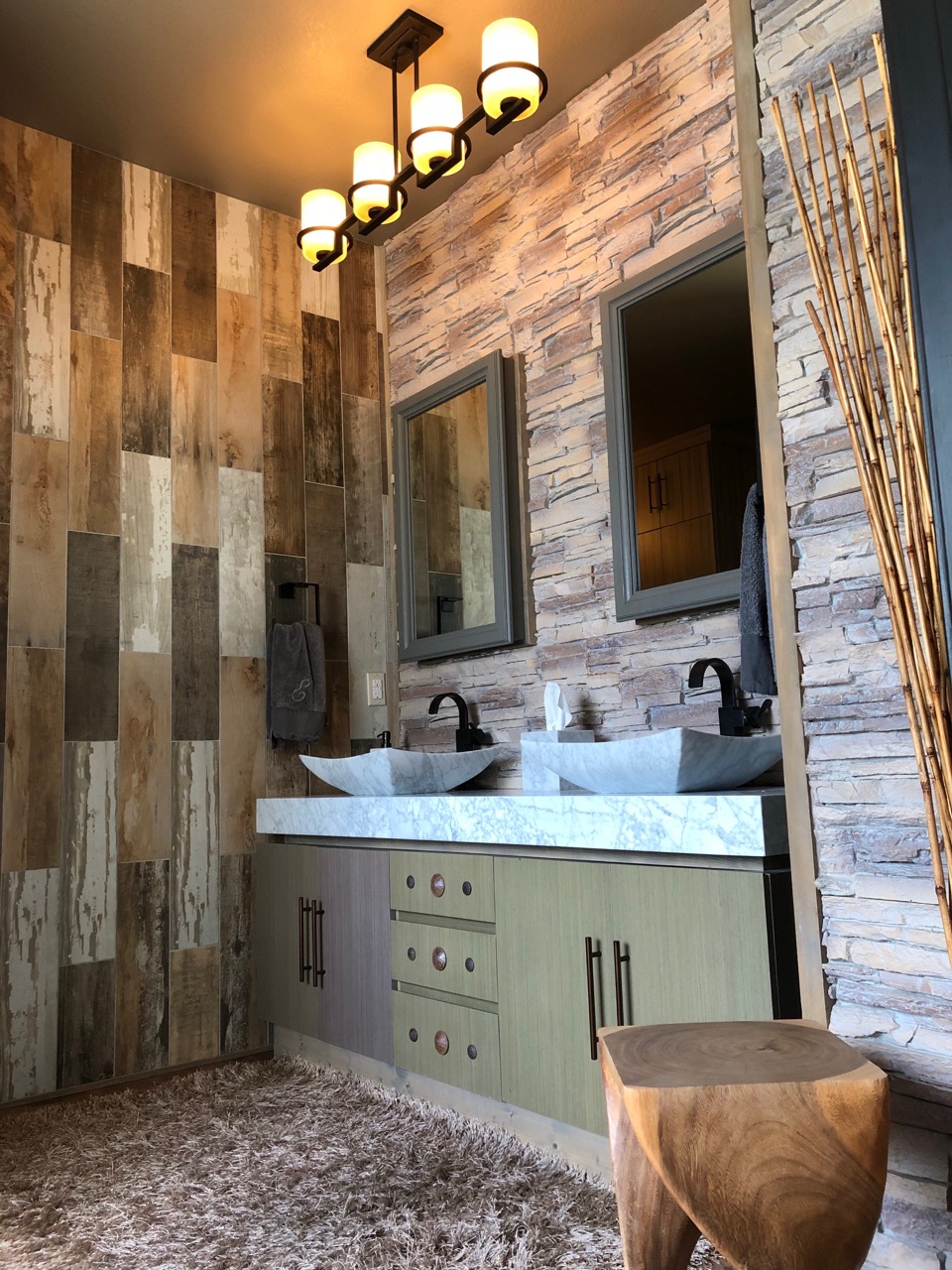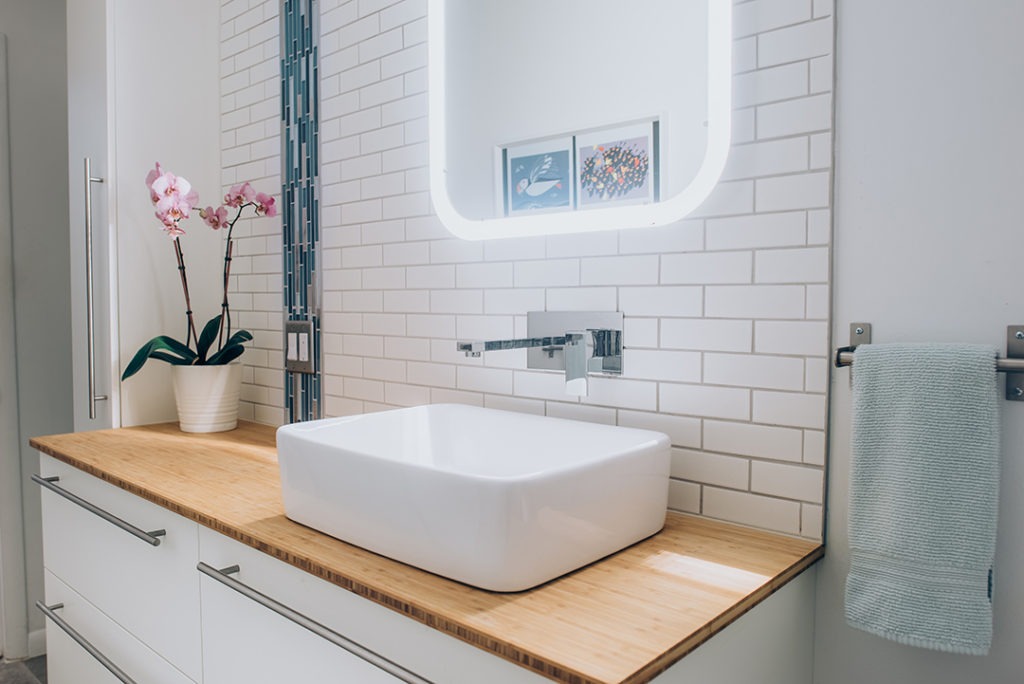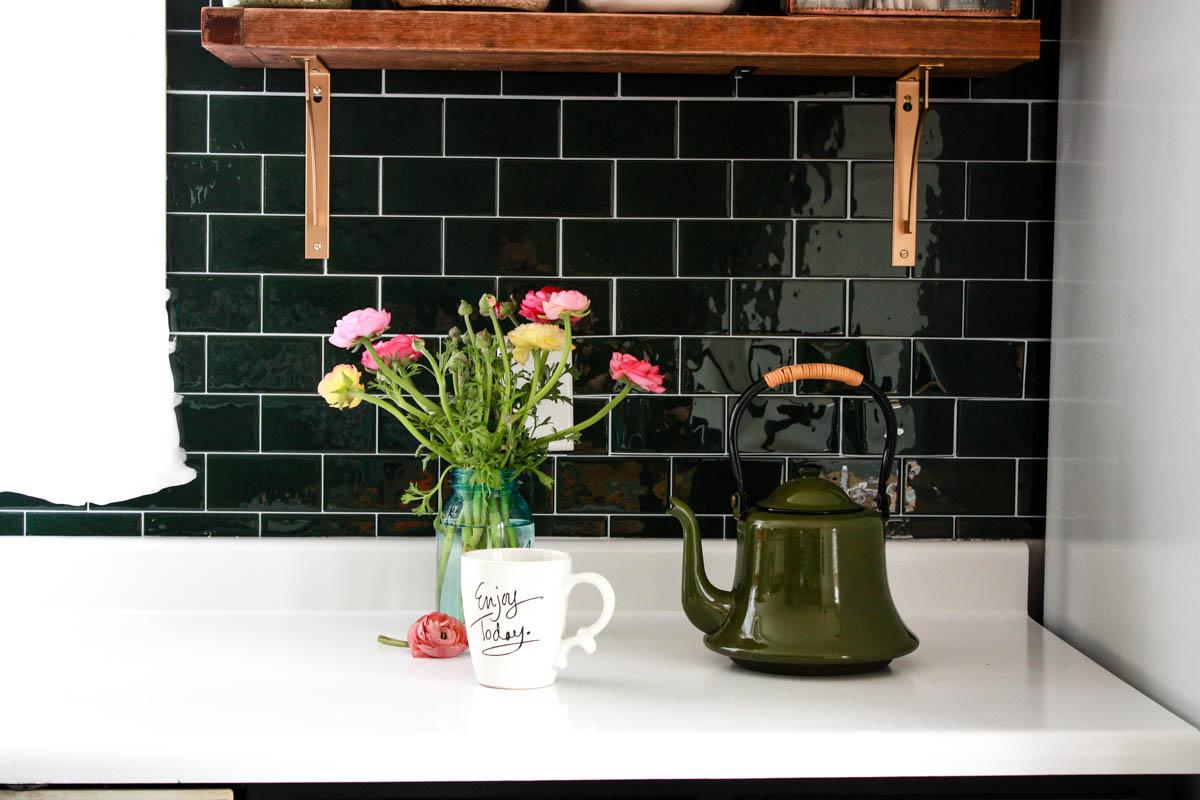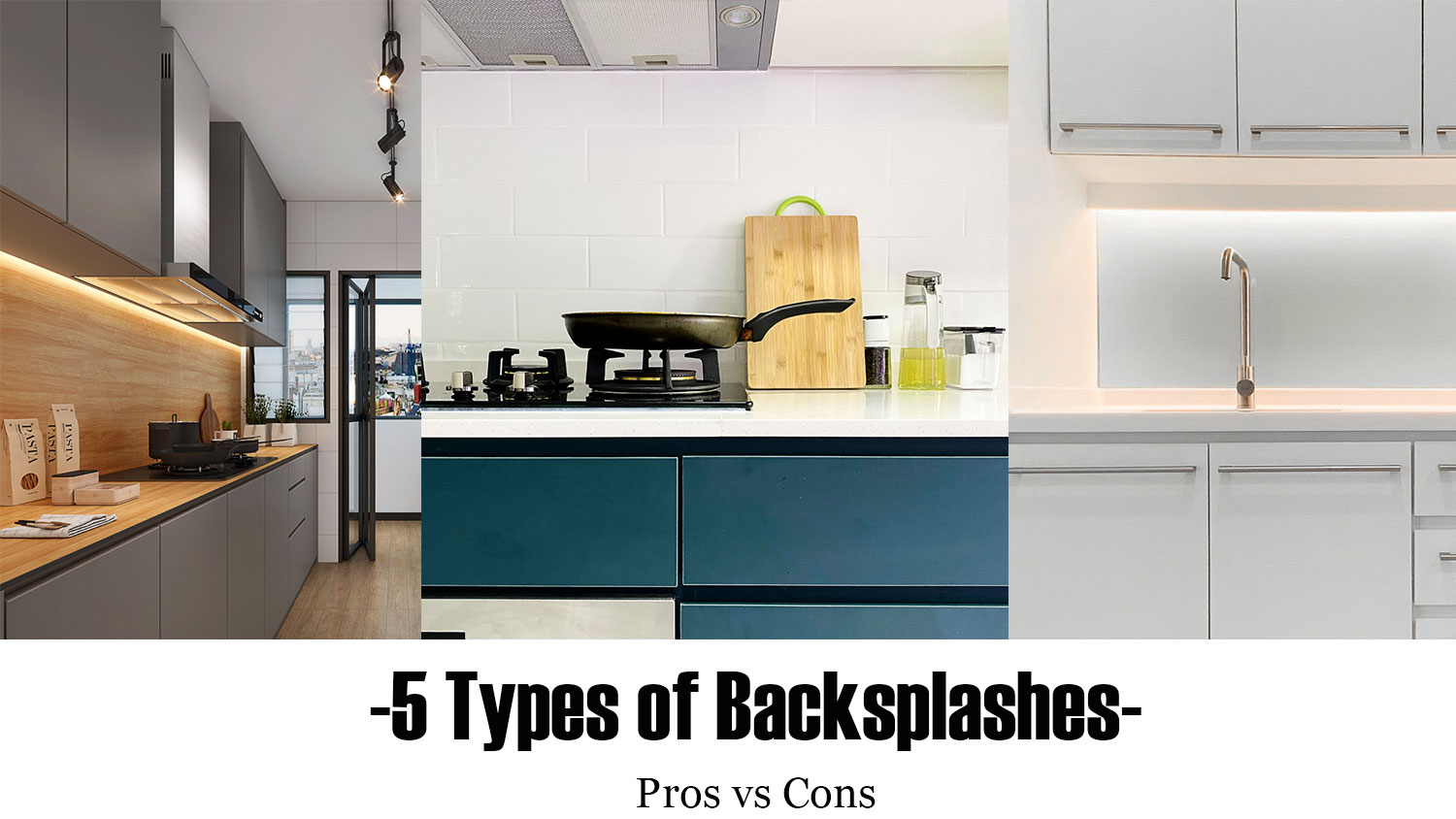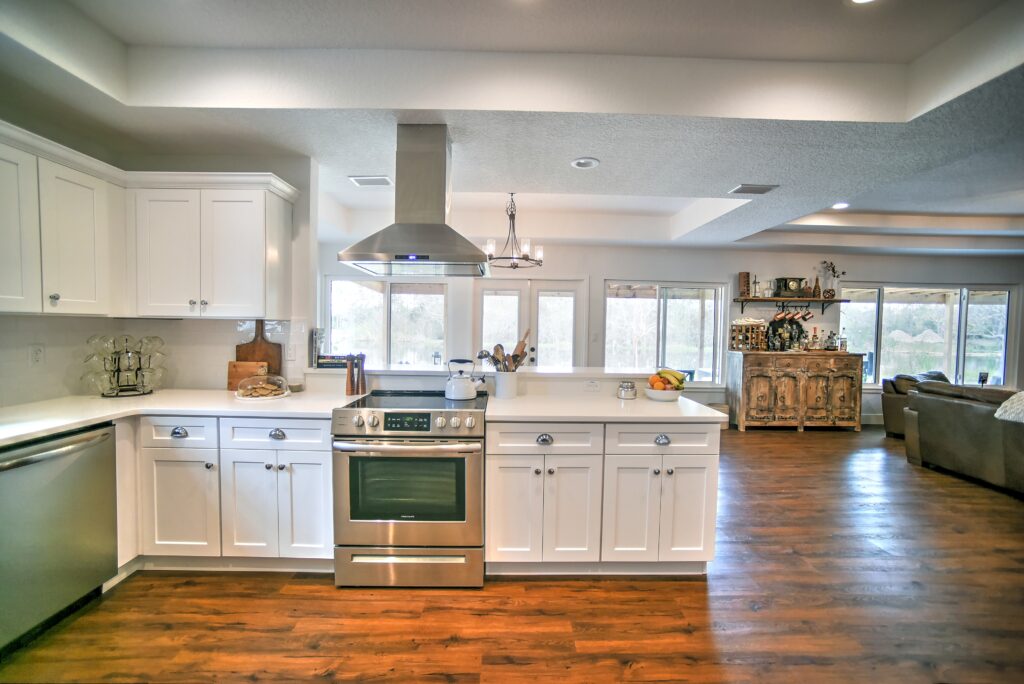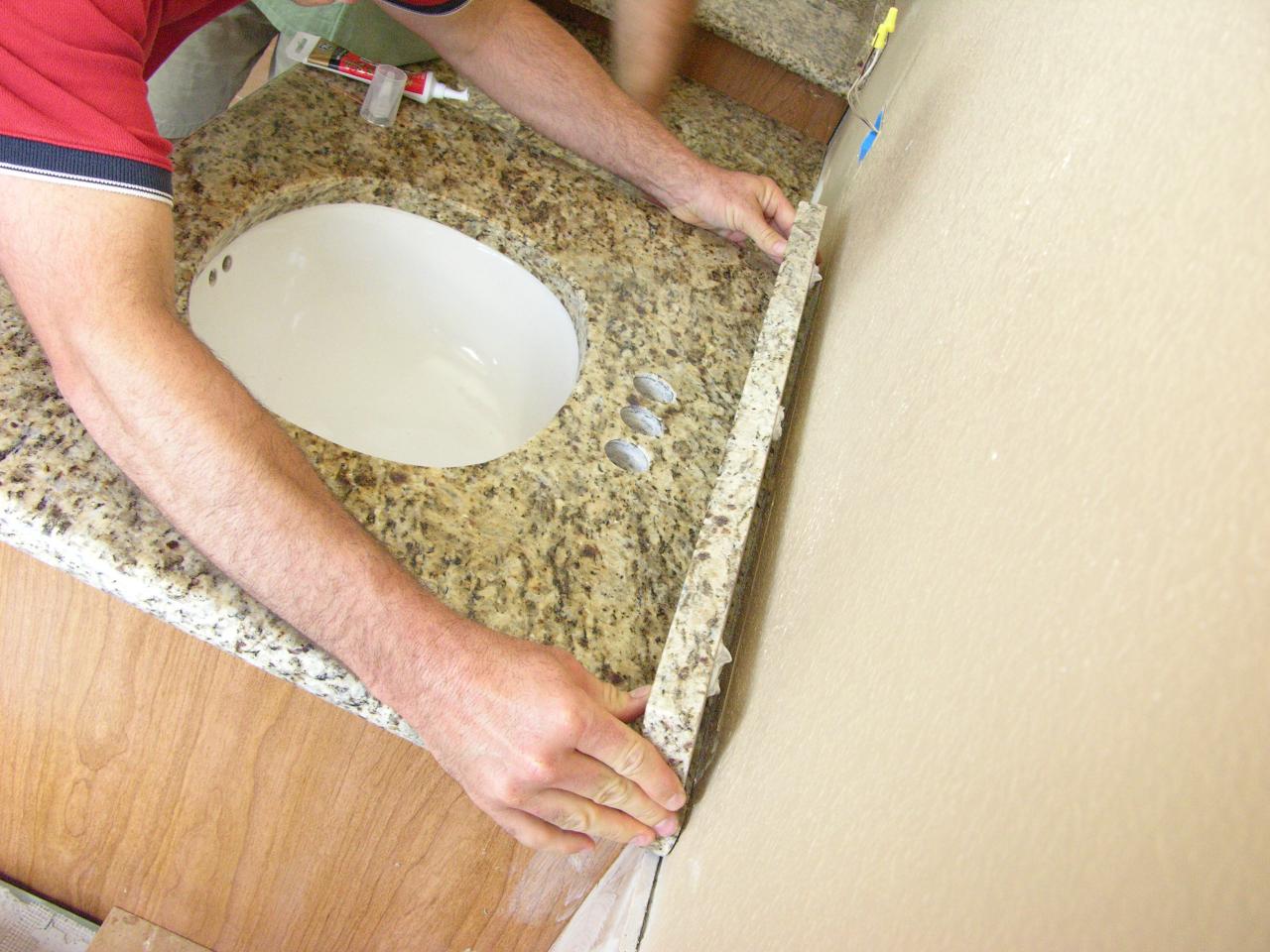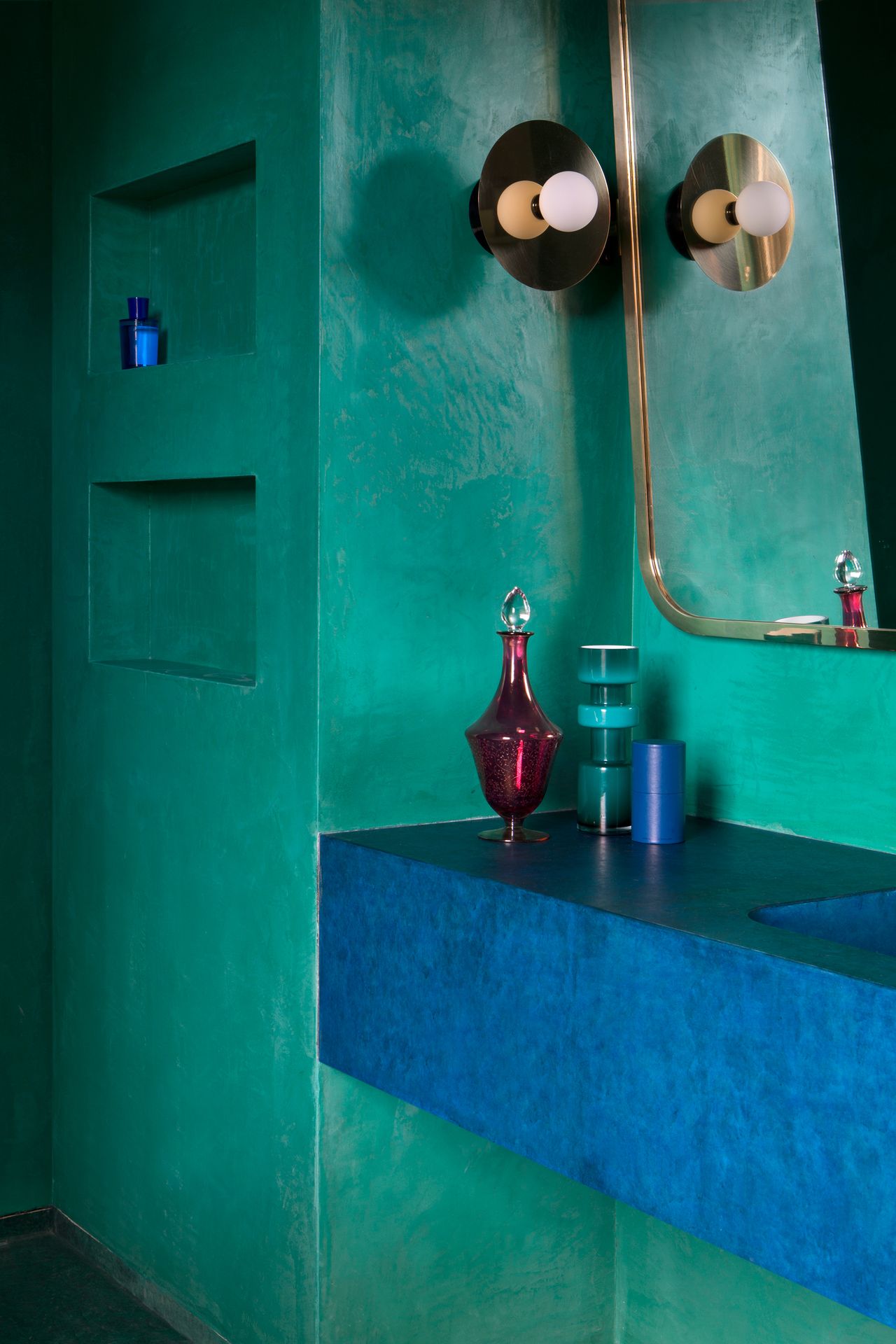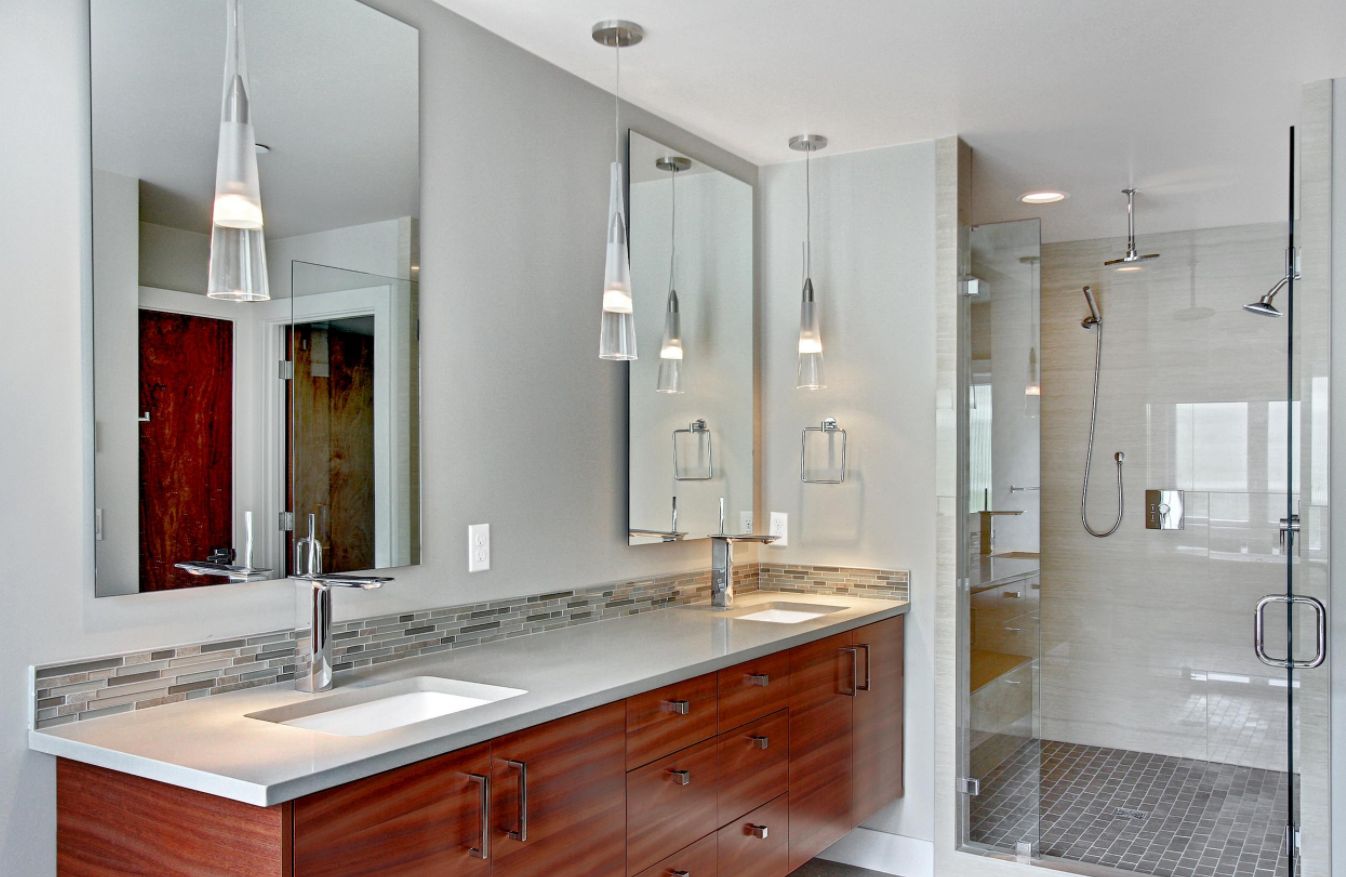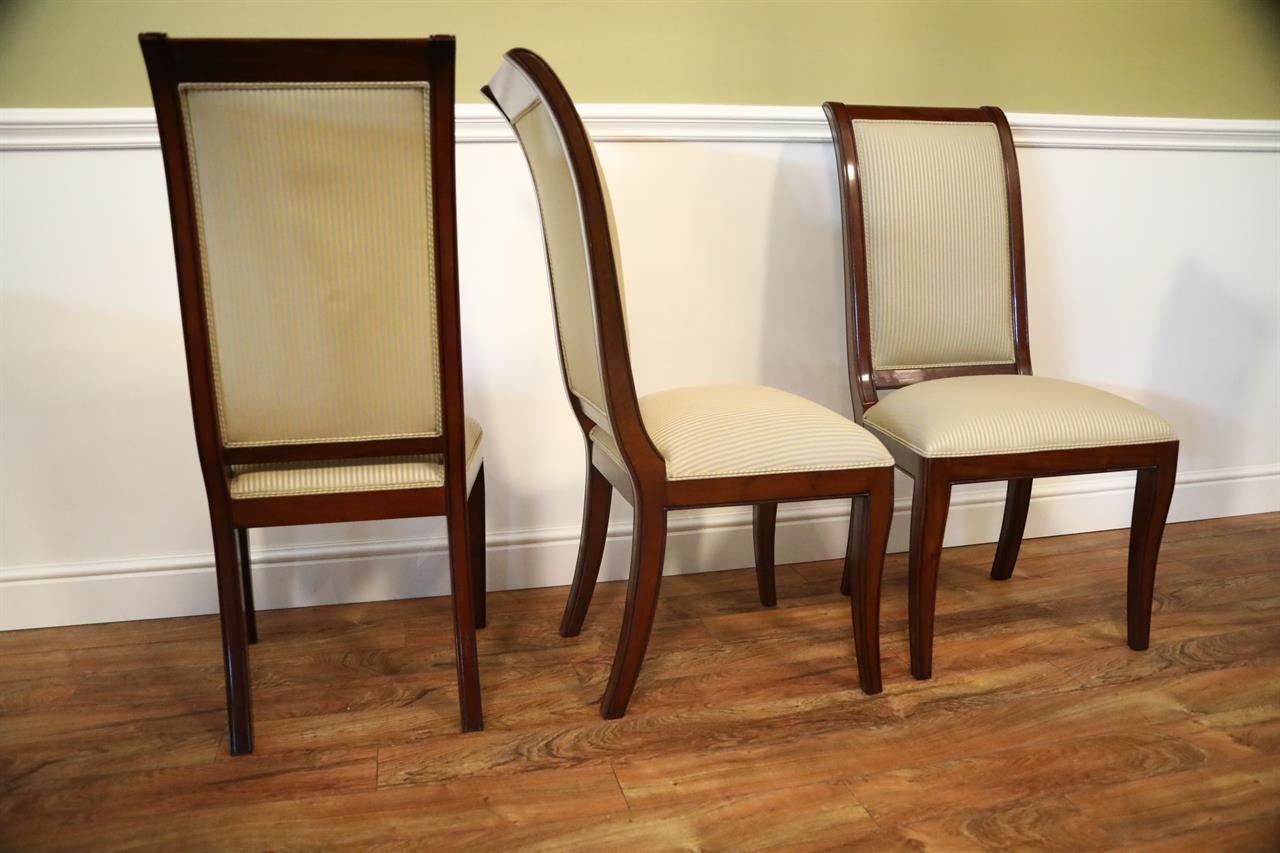When it comes to designing a bathroom, one of the most debated topics is whether or not to have a backsplash for the vanity. Some may argue that it's unnecessary and adds extra cost, while others swear by its functionality and aesthetic appeal. So, the question remains: should all bathroom vanities have a backsplash?Backsplash for Bathroom Vanity: Yes or No?
While it may seem like an extra expense, there are several reasons why you should consider adding a backsplash to your bathroom vanity. One of the main reasons is to protect your walls from water damage. Splashing water, toothpaste, and other bathroom products can easily damage drywall and paint over time. A backsplash acts as a barrier, preventing water and other liquids from seeping into the walls. Additionally, a backsplash can also enhance the overall look of your bathroom. It adds a touch of elegance and finishes off the vanity area, making it more visually appealing. With a wide variety of materials and designs available, you can choose a backsplash that complements your bathroom's style and adds a pop of personality.Why You Should Consider Adding a Backsplash to Your Bathroom Vanity
Aside from protecting your walls and adding aesthetic value, there are other benefits to installing a backsplash on your bathroom vanity. For one, it makes cleaning up a lot easier. Instead of scrubbing the walls, you can simply wipe down the backsplash for a quick and easy clean. Moreover, a backsplash can also increase the value of your home. When potential buyers see a well-designed and functional bathroom, it can make a big difference in their perception of the property. A backsplash adds a touch of luxury and can make your bathroom stand out in the market.Benefits of Installing a Backsplash on Your Bathroom Vanity
Choosing the right backsplash for your bathroom vanity can be overwhelming with all the options available. The first thing to consider is the style of your bathroom. If you have a modern bathroom, a sleek and simple backsplash would be more suitable. For a more traditional bathroom, a backsplash with intricate patterns or textures would be a better fit. You should also take into account the size and color of your vanity and the overall color scheme of your bathroom. The backsplash should complement these elements and tie the whole space together. It's also important to consider the maintenance and durability of the material you choose, as some materials may be more high maintenance than others.How to Choose the Right Backsplash for Your Bathroom Vanity
There is a wide range of materials to choose from when it comes to backsplashes for your bathroom vanity. Some popular options include:Top Materials for Bathroom Vanity Backsplashes
If you're feeling adventurous and want to save some money, you can opt for a DIY backsplash for your bathroom vanity. One easy option is to use peel-and-stick tiles, which can be easily applied without any special tools or skills. You can also repurpose materials such as old pallets, reclaimed wood, or even wine corks to create a unique and eco-friendly backsplash.DIY Backsplash Ideas for Your Bathroom Vanity
Adding a backsplash to your bathroom vanity is not just a matter of aesthetics. It also serves an important function in protecting your walls and making cleaning easier. It can also add value to your home and make your bathroom more appealing to potential buyers. So, while it may seem like an extra expense, the benefits of having a backsplash outweigh the cost in the long run.The Importance of a Backsplash for Your Bathroom Vanity
As with any design decision, there are both pros and cons to having a backsplash on your bathroom vanity. Some advantages include its functionality, aesthetic appeal, and value-adding potential. On the other hand, some may argue that it's an unnecessary expense and may be difficult to clean. Ultimately, it comes down to personal preference and budget.Pros and Cons of Having a Backsplash on Your Bathroom Vanity
If you've decided to add a backsplash to your bathroom vanity, you may be wondering how to install it. The process will vary depending on the material you choose, but generally, you will need to prepare the surface, measure and cut the tiles, apply adhesive, and grout the tiles. If you're not confident in your DIY skills, it's best to hire a professional to ensure the job is done correctly.How to Install a Backsplash on Your Bathroom Vanity
A backsplash doesn't have to be limited to just the area behind your bathroom vanity. You can get creative and use it to add a unique touch to your bathroom design. For example, you can extend the backsplash to cover the entire wall or use it as a frame for your vanity mirror. You can also play with different patterns and textures to create a statement piece.Creative Ways to Incorporate a Backsplash into Your Bathroom Vanity Design
The Benefits of Adding a Backsplash to Your Bathroom Vanity
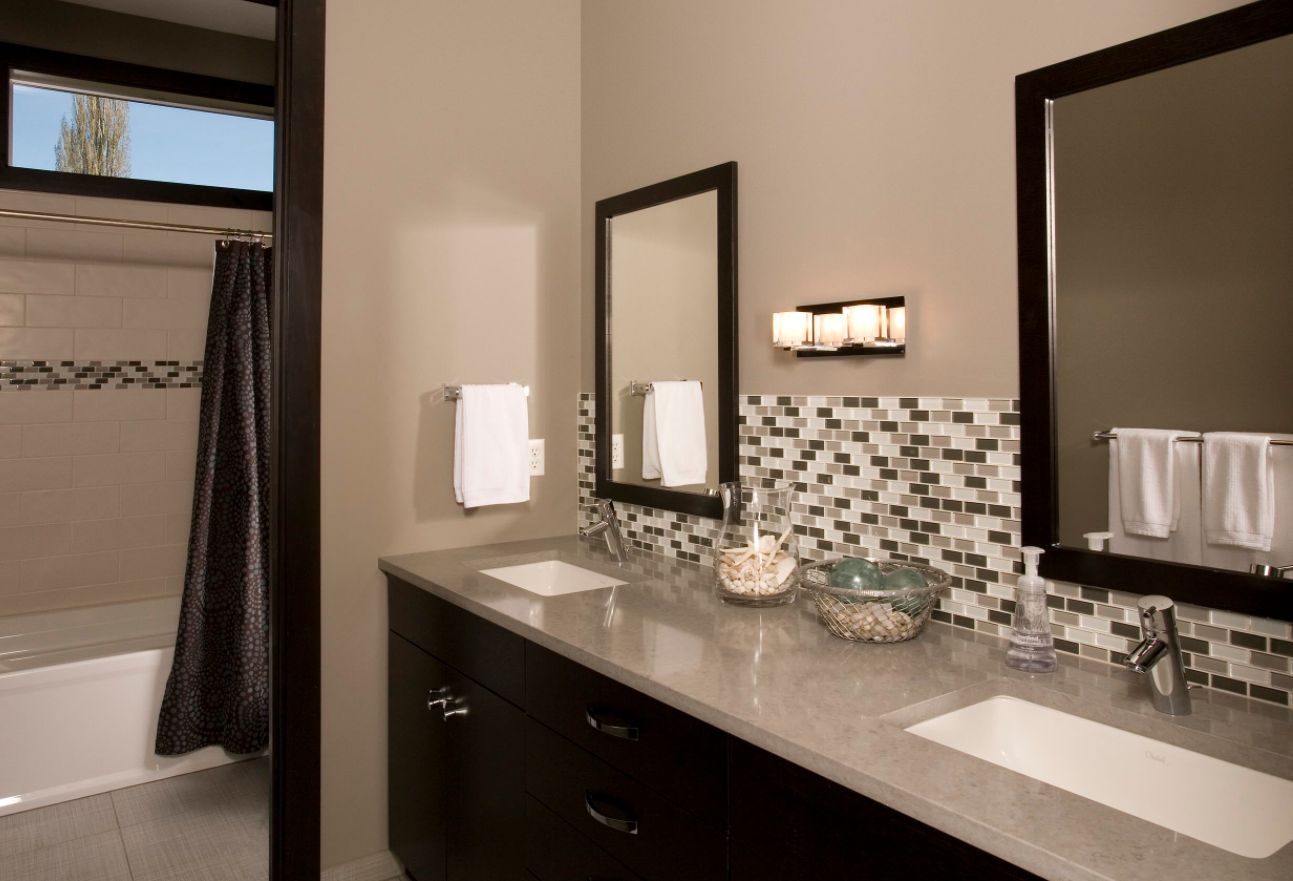 When it comes to designing your bathroom, every detail matters. From the color scheme to the fixtures, each element plays a role in creating a cohesive and stylish space. One aspect that is often overlooked is the backsplash for your bathroom vanity. While it may seem like a small and insignificant addition, a backsplash can actually make a big impact on both the functionality and aesthetics of your bathroom.
When it comes to designing your bathroom, every detail matters. From the color scheme to the fixtures, each element plays a role in creating a cohesive and stylish space. One aspect that is often overlooked is the backsplash for your bathroom vanity. While it may seem like a small and insignificant addition, a backsplash can actually make a big impact on both the functionality and aesthetics of your bathroom.
The Functionality of a Backsplash
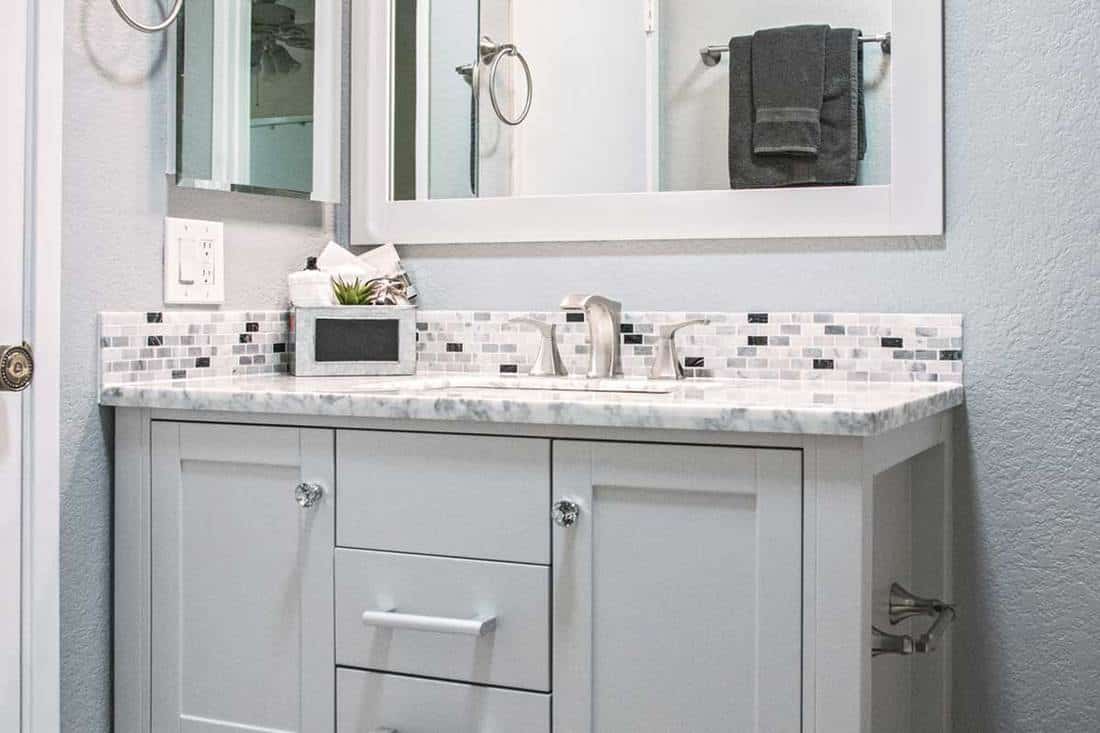 A backsplash is a protective barrier that is placed behind your bathroom vanity, typically made of tile, stone, or other materials. Its main purpose is to prevent water and moisture from seeping into the wall behind your vanity. This is especially important in a bathroom, where water and humidity are constantly present. Without a backsplash, your walls can become damaged and even moldy over time. By adding a backsplash, you are not only protecting your walls but also ensuring the longevity of your bathroom vanity.
A backsplash is a protective barrier that is placed behind your bathroom vanity, typically made of tile, stone, or other materials. Its main purpose is to prevent water and moisture from seeping into the wall behind your vanity. This is especially important in a bathroom, where water and humidity are constantly present. Without a backsplash, your walls can become damaged and even moldy over time. By adding a backsplash, you are not only protecting your walls but also ensuring the longevity of your bathroom vanity.
The Aesthetics of a Backsplash
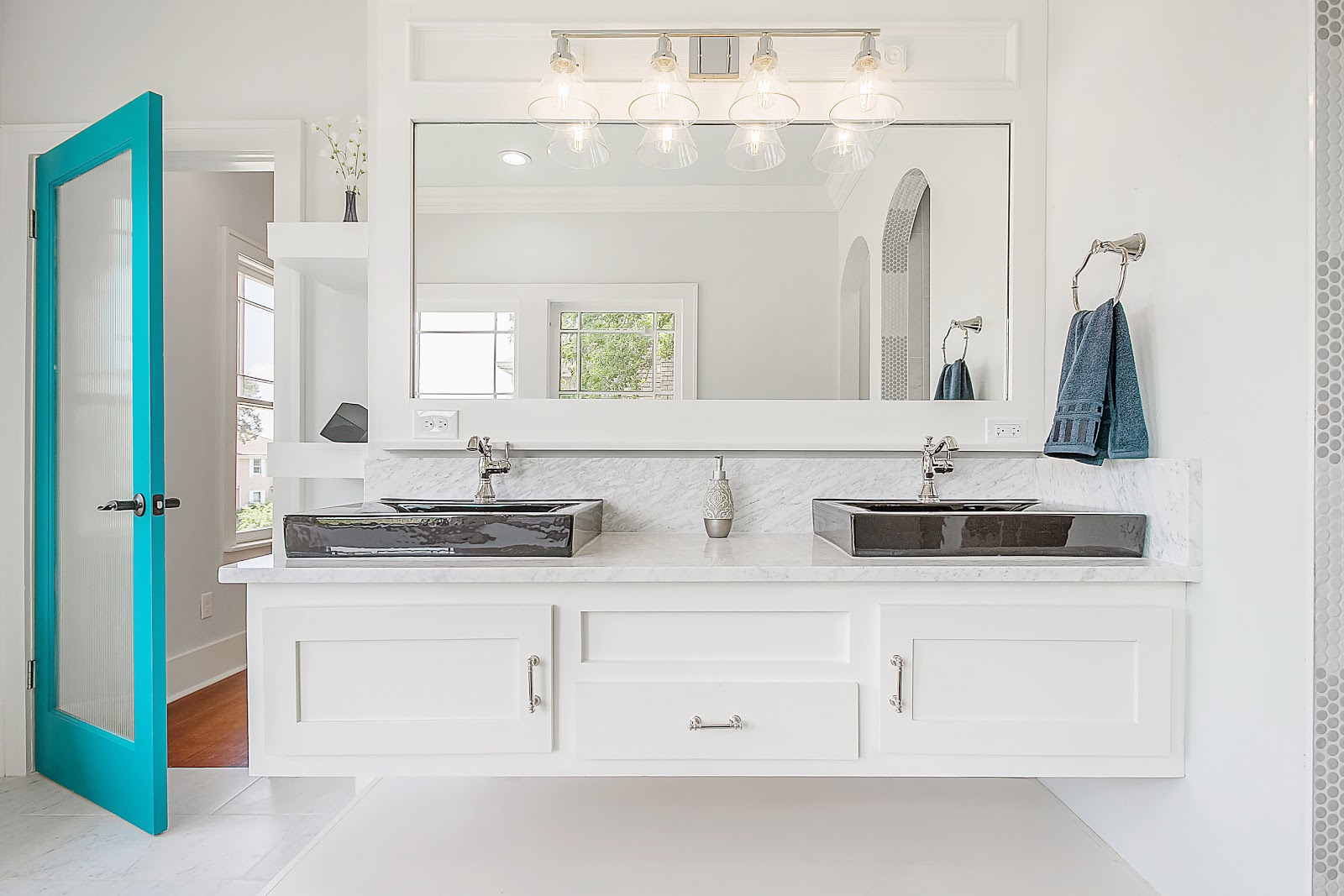 In addition to its functional benefits, a backsplash can also enhance the overall look of your bathroom. With a wide range of materials, colors, and designs available, a backsplash can add a pop of style and personality to your space. Whether you prefer a sleek and modern look or a more traditional and elegant feel, there is a backsplash to suit every design aesthetic.
Adding a backsplash to your bathroom vanity can also increase the value of your home.
It shows potential buyers that you have paid attention to every detail in your home and have taken the necessary steps to protect it. A well-designed and functional bathroom is a major selling point for any home.
In addition to its functional benefits, a backsplash can also enhance the overall look of your bathroom. With a wide range of materials, colors, and designs available, a backsplash can add a pop of style and personality to your space. Whether you prefer a sleek and modern look or a more traditional and elegant feel, there is a backsplash to suit every design aesthetic.
Adding a backsplash to your bathroom vanity can also increase the value of your home.
It shows potential buyers that you have paid attention to every detail in your home and have taken the necessary steps to protect it. A well-designed and functional bathroom is a major selling point for any home.
The Versatility of a Backsplash
 One of the great things about a backsplash is its versatility. It can be added to any type of bathroom vanity, whether it is a single sink or a double sink. It can also be customized to fit the size and shape of your vanity, making it a perfect fit for your space. Furthermore, a backsplash is not limited to just the bathroom vanity area. It can also be added to the walls around your bathtub or shower to create a cohesive look throughout the entire bathroom.
In conclusion, a backsplash is an essential addition to any bathroom vanity.
Not only does it offer functional benefits by protecting your walls, but it also adds style and value to your home. With its versatility and customization options, a backsplash is a small detail that can make a big impact on your bathroom design. So when it comes to designing your dream bathroom, don't forget to include a backsplash for your vanity.
One of the great things about a backsplash is its versatility. It can be added to any type of bathroom vanity, whether it is a single sink or a double sink. It can also be customized to fit the size and shape of your vanity, making it a perfect fit for your space. Furthermore, a backsplash is not limited to just the bathroom vanity area. It can also be added to the walls around your bathtub or shower to create a cohesive look throughout the entire bathroom.
In conclusion, a backsplash is an essential addition to any bathroom vanity.
Not only does it offer functional benefits by protecting your walls, but it also adds style and value to your home. With its versatility and customization options, a backsplash is a small detail that can make a big impact on your bathroom design. So when it comes to designing your dream bathroom, don't forget to include a backsplash for your vanity.



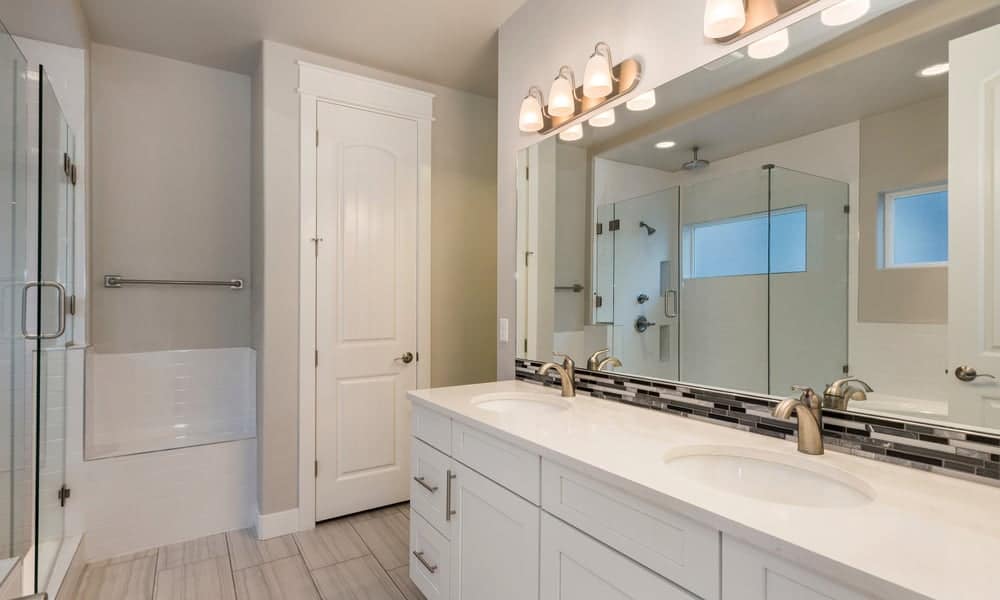


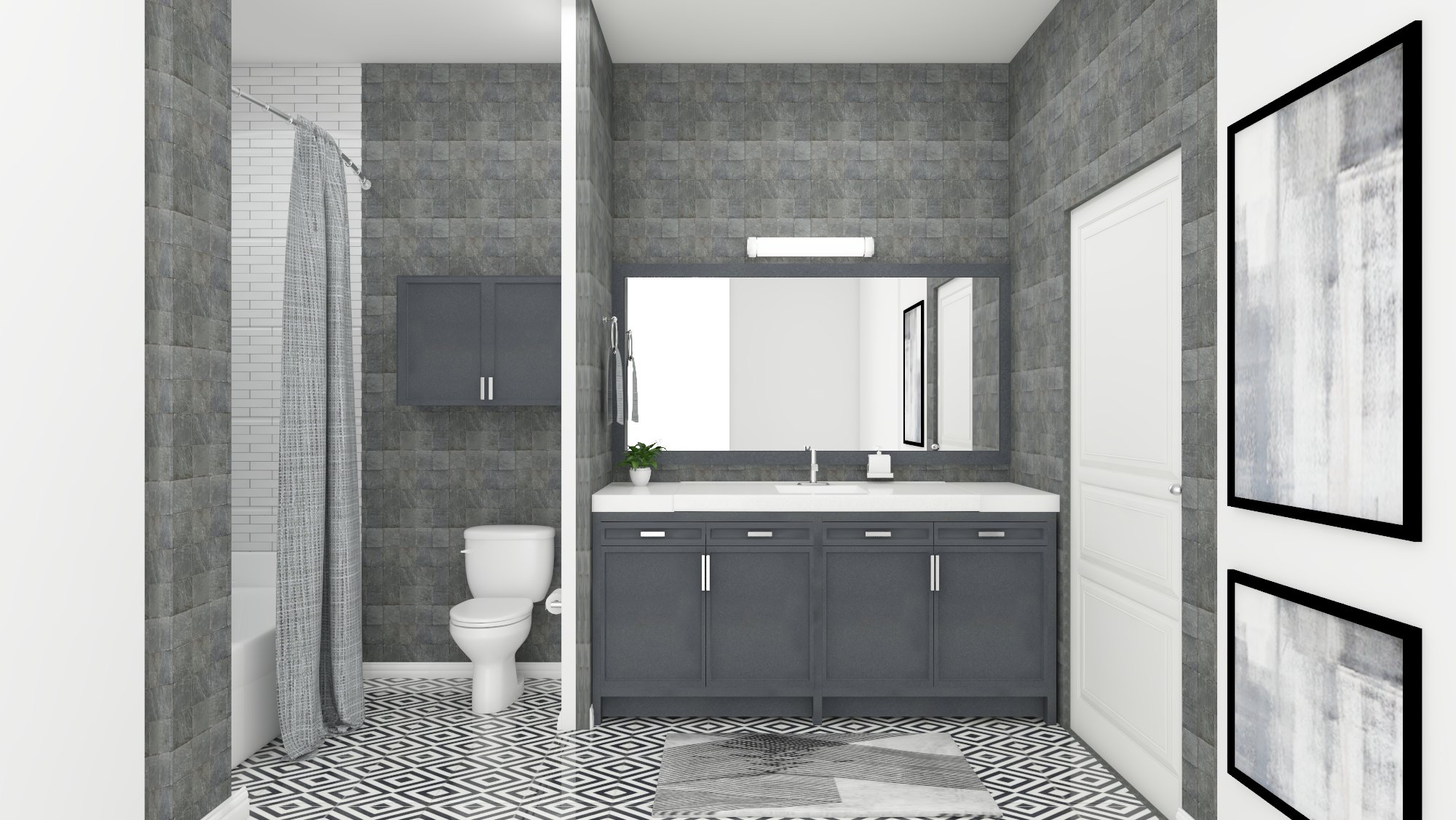










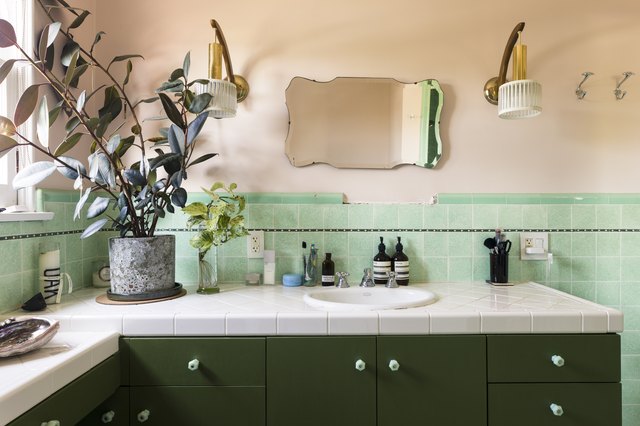
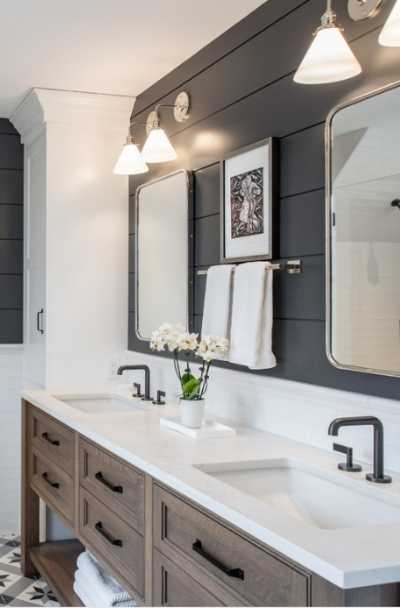


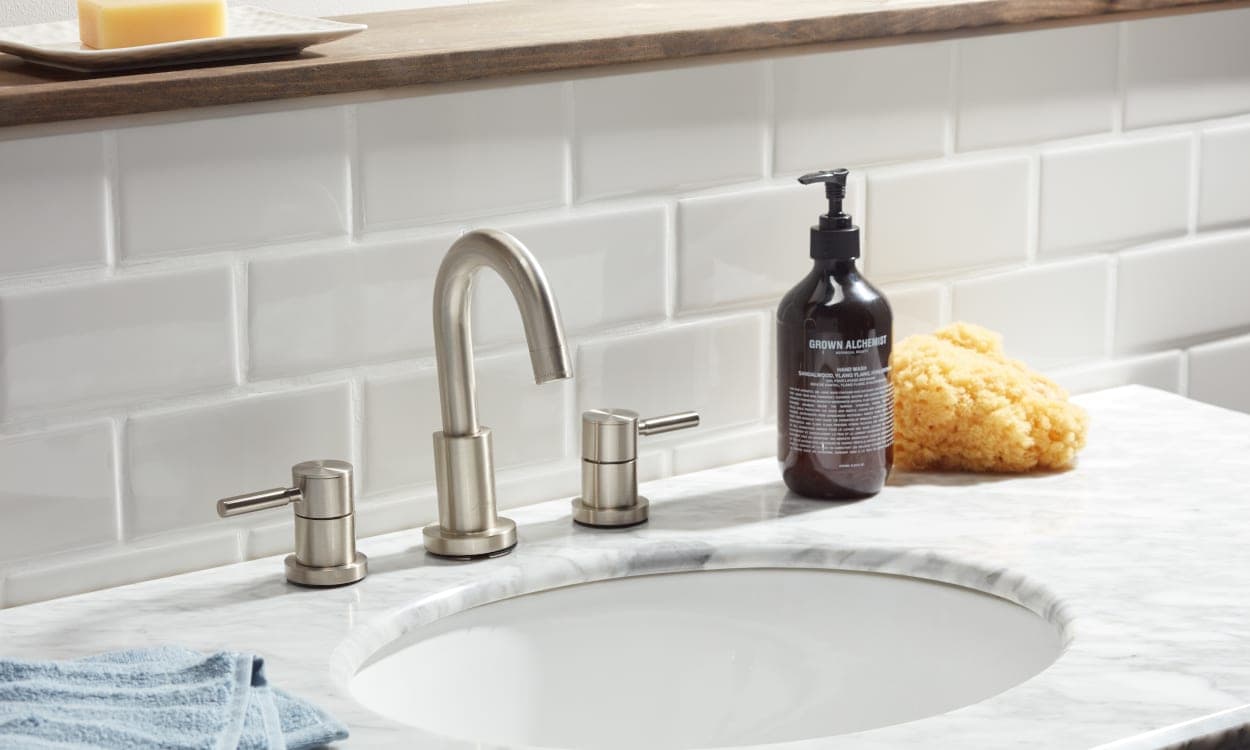

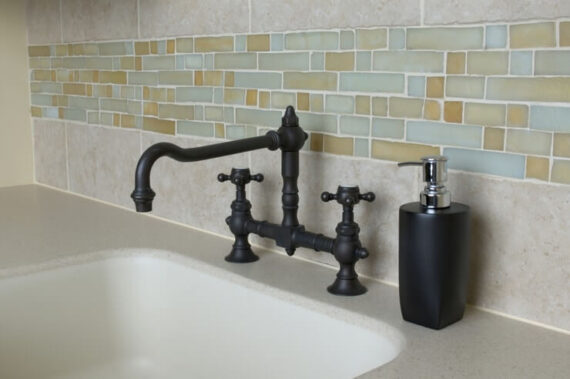
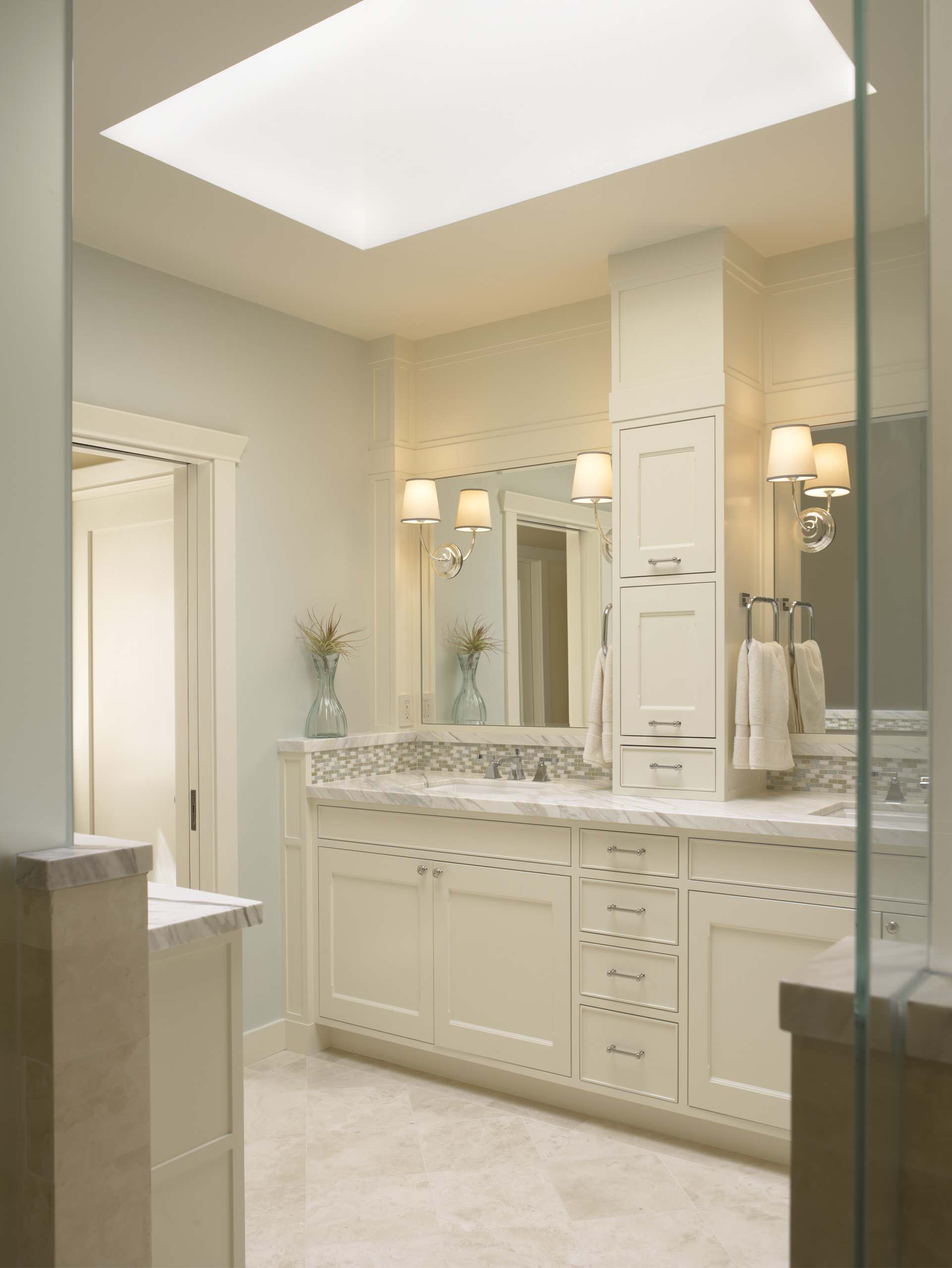

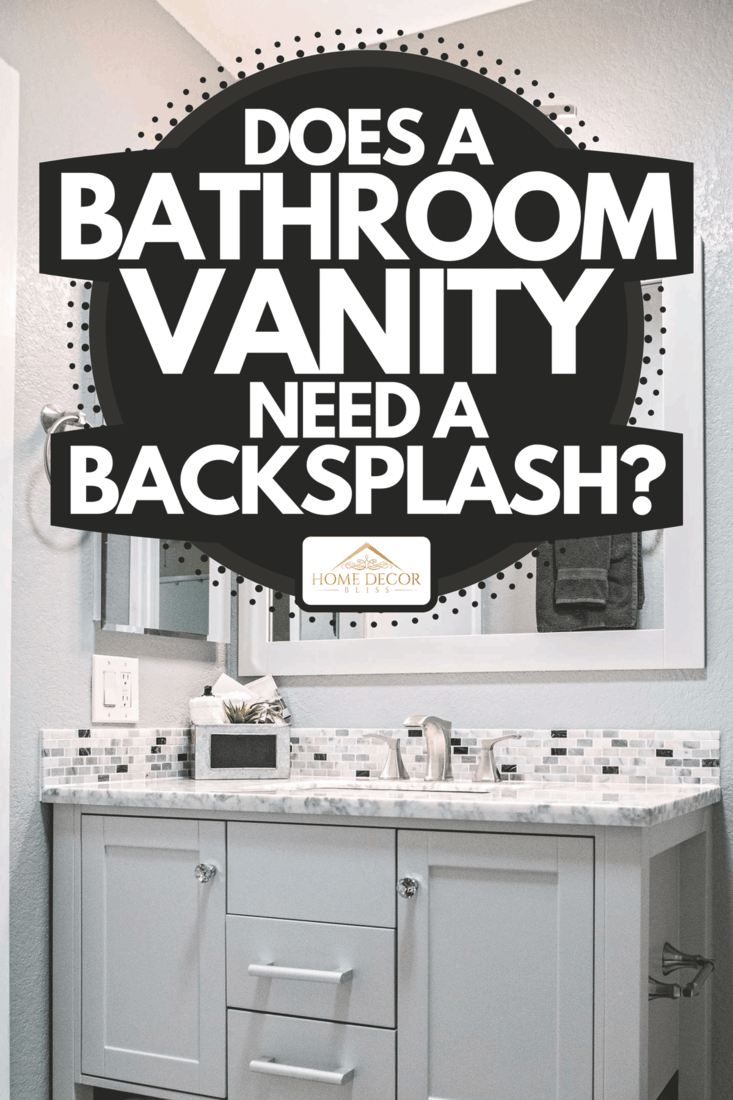





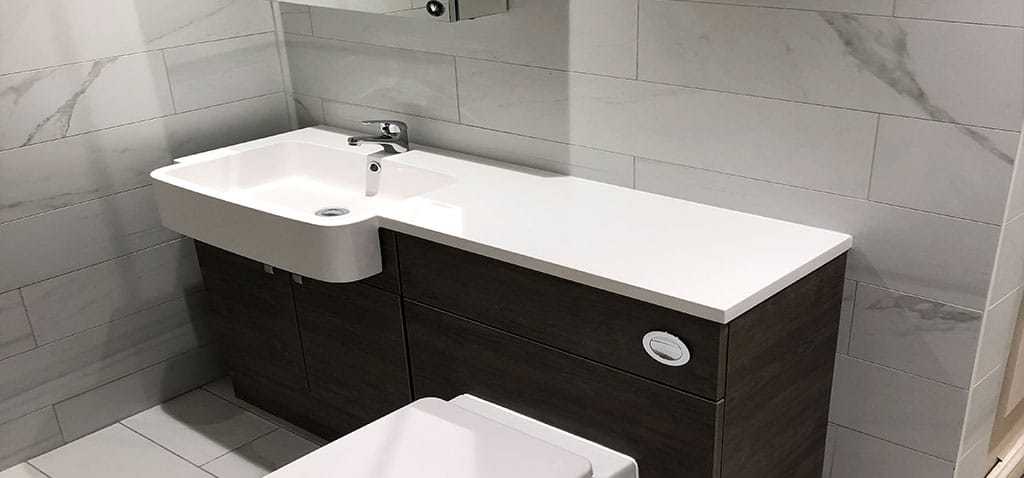


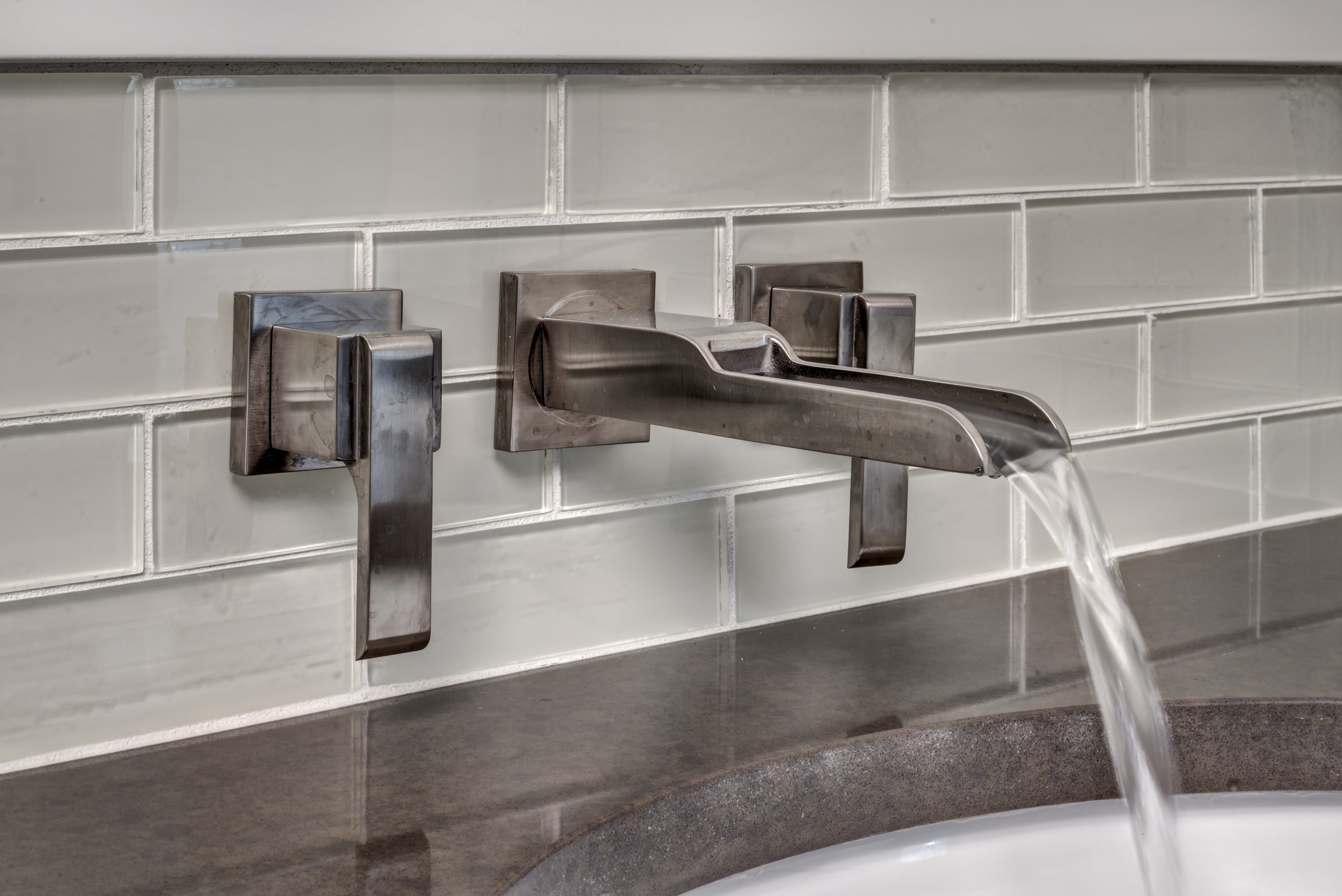







:max_bytes(150000):strip_icc()/build-something-diy-vanity-594402125f9b58d58ae21158.jpg)





